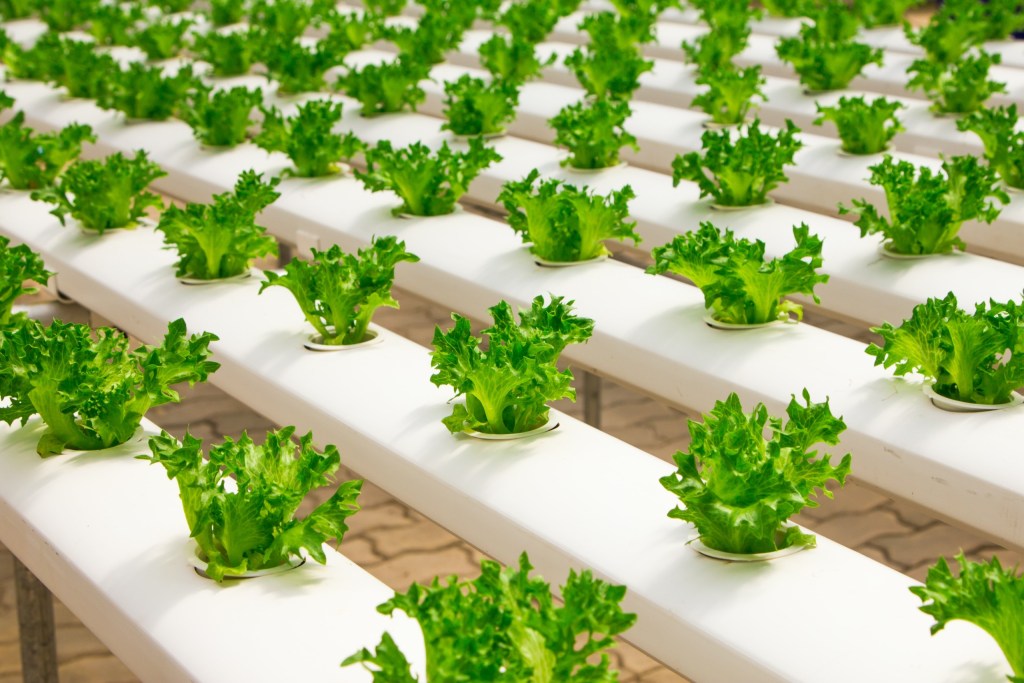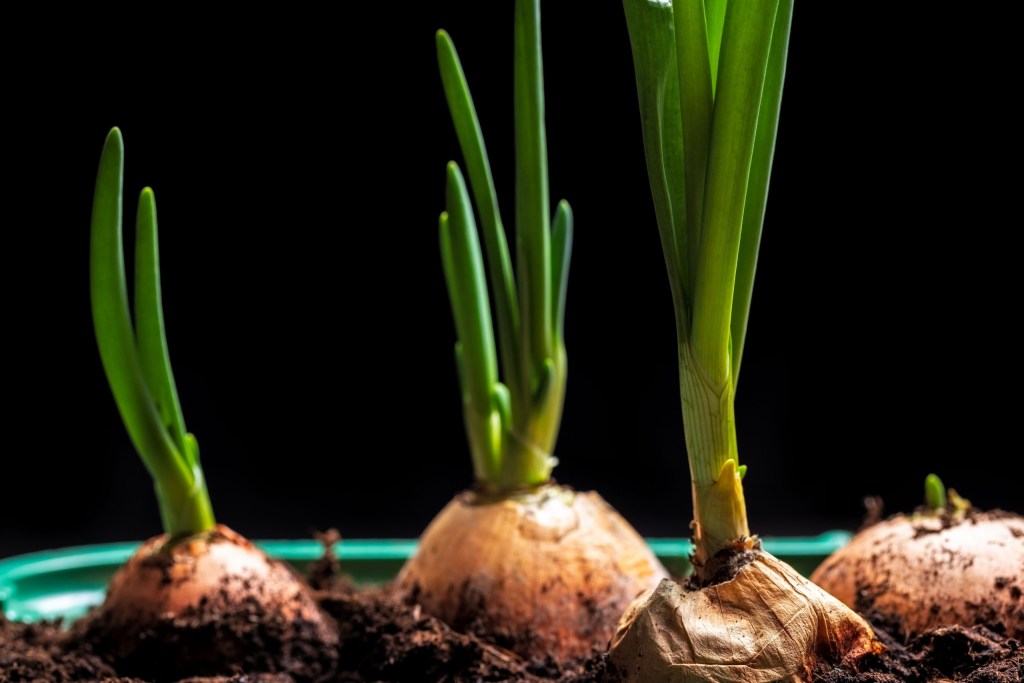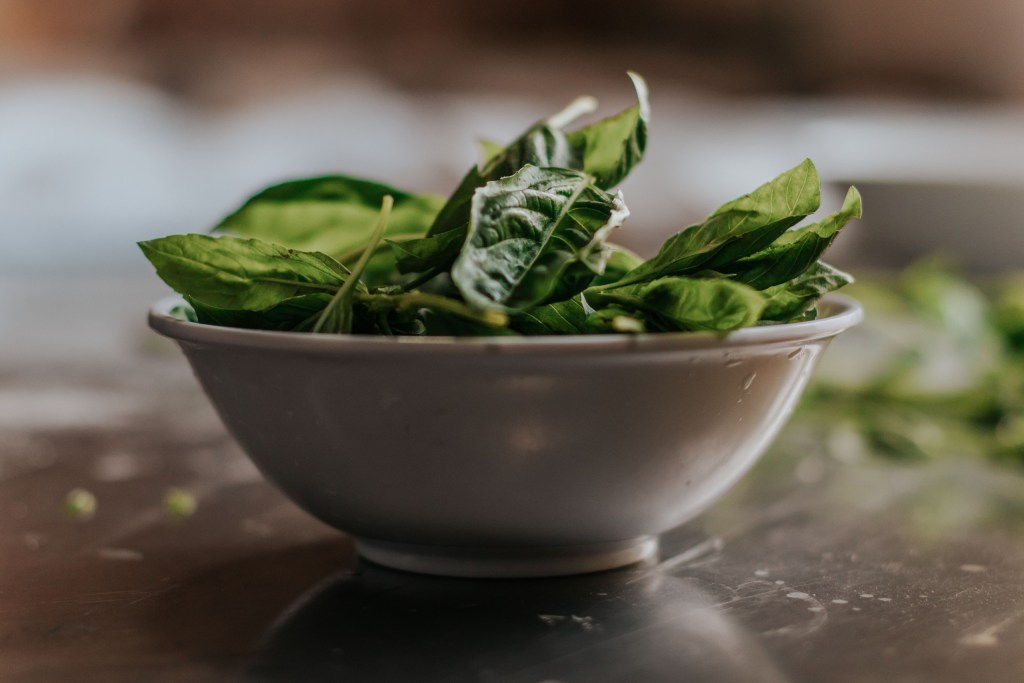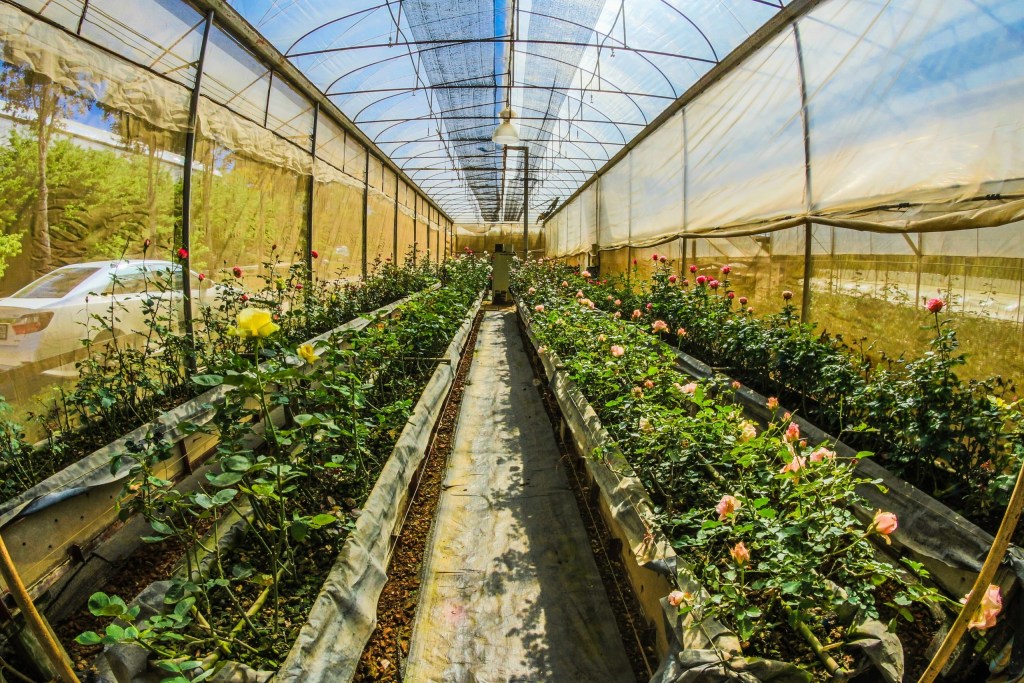If you’re new to gardening or growing plants indoors, it’s likely that you don’t quite have a green thumb yet. You might have chosen the wrong kind of plants for the season, or you may have watered them too much or too little. You might even have over fertilized them. In that case, you also may have ended up with a greenhouse full of dead plants.
Here’s the thing: Especially when you’re a beginner, you’ll want to choose hardy greenhouse plants that can survive both you and the winter. Thankfully, there are many common greenhouse plants that you can’t kill easily. Of course, the kind of plants you choose can depend heavily on where you live and the sort of greenhouse you have, but there are some plants you can grow almost anywhere. Let’s take a look at some greenhouse plants that even the worst plant owner will find hard to kill!

Winter lettuce and herbs
Believe it or not, greenhouse plants used to make salads are both hardy and easy to grow. As an added bonus, you’ll have a greenhouse full of edible plants you can use for salads, recipes and more all year long!
Leafy greens
For example, you can raise a few different kinds of lettuce. Lamb’s lettuce, little gem, and rocket lettuce are perfect for growing in a greenhouse and are quite hardy. They grow pretty quickly, too.
Planting and growing these plants is really easy — the only tough decision you have to make is how you want to grow them.
- When planting lettuce in containers or seed trays: Take the seeds and spread them over the seed tray’s soil. Then, gently press the seeds under with your fingers.
- If you plant the seeds in the ground: Normally, you can plant around one or two weeks before the the last spring frost date. However, it’s safe to plant a bit earlier in the greenhouse since it provides protection against the harsh outdoor weather.
Herbs
While many herbs would die if left out in the elements, they spring up like crazy inside a greenhouse. Some of the best herbs to choose from include dill, mint, coriander, and parsley. Some of these, like parsley, can even survive outside in the snow, so you know they’re able to live through harsh conditions (at least for a time).
Other common herbs from a Mediterranean climate, like sage and thyme, aren’t quite as hardy. However, as long as you’re keeping them warm in a greenhouse, they also are great plants for a beginner to grow!

Green onions
Green onions are easy to grow, and they develop swiftly within climate-controlled greenhouses. In fact, they’re almost “set-and-forget,” as they grow in just about every season and can handle temperature extremes.
Green onions require almost no maintenance whatsoever and are therefore great for beginning greenhouse gardeners. You can plant green onions from both seeds and sets. If you grow them from sets, be sure to plant the bulbs in soil that’s well-drained.

Spinach
Spinach is another super easy-to-grow veggie. It grows, just as green onions do, practically year-round. However, it does grow best in cooler weather. Of course, one of the best things about growing spinach is it’s extremely nutritious. You can eat the plant raw or cooked, and there are numerous ways to prepare it.
When growing spinach in your greenhouse, be sure to place the plant in an area with a lot of sunlight. The soil you plant in should also be well-drained. One caveat to planting is the fact that seedlings are hard to transplant. Spinach isn’t quite as hardy as some of the others on this list, especially when young. Be sparse with how much you feed spinach, and ensure that you keep the soil moist using mulch.

Turnips
The last hardy veggie on our list is the humble turnip, an excellent choice when deciding on plants that are hard to kill. Like the others mentioned, they grow fast and are supremely adaptable to weather conditions and climate.
If you choose to plant turnips, you should never plant them in the same place twice in a row. Practicing crop rotation can help prevent diseases to which turnips are sometimes susceptible. However, with that exception, disease and pests aren’t a big problem if you’re growing turnips in a greenhouse.
These plants grow and mature quickly. Their roots (that most recognize as the actual turnip) should be ready to pluck about a month following maturation.
Many people who love the idea of gardening don’t even attempt it because they’ve had “bad luck” when it comes to growing plants. For whatever reason, the plants didn’t grow well or died quickly. Perhaps it was due to a lack of knowledge on the part of the grower. Maybe it was because the plants chosen were a bit harder to grow than others. Whatever the reason, choosing the hardy greenhouse plants on this list is a surefire way to begin greenhouse gardening without the fear of “getting it wrong” and killing the plants you love.
Editors' Recommendations
- A beginners guide on what to grow in your greenhouse for a thriving garden
- What to know about BBQ tool storage: How to store your outdoor grill this winter
- Check out these small outdoor kitchen ideas to turn your limited space into a chef’s paradise
- When and how to transplant tomato plants for the best results
- 5 outdoor living trends that will totally improve your 2022



